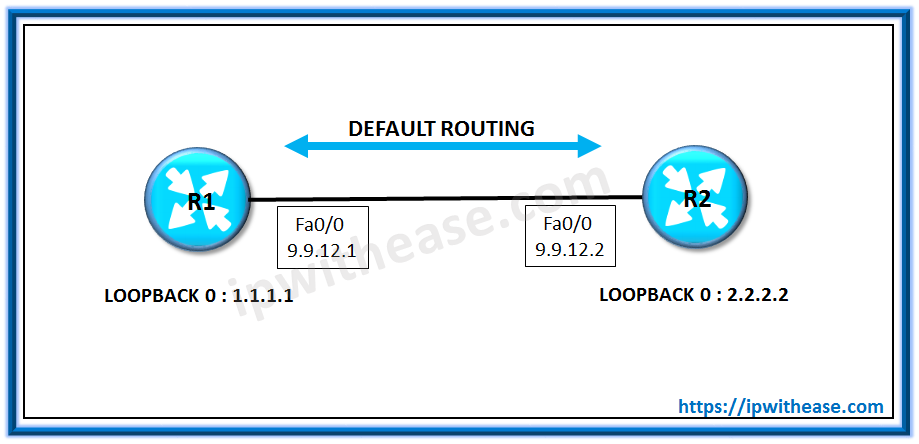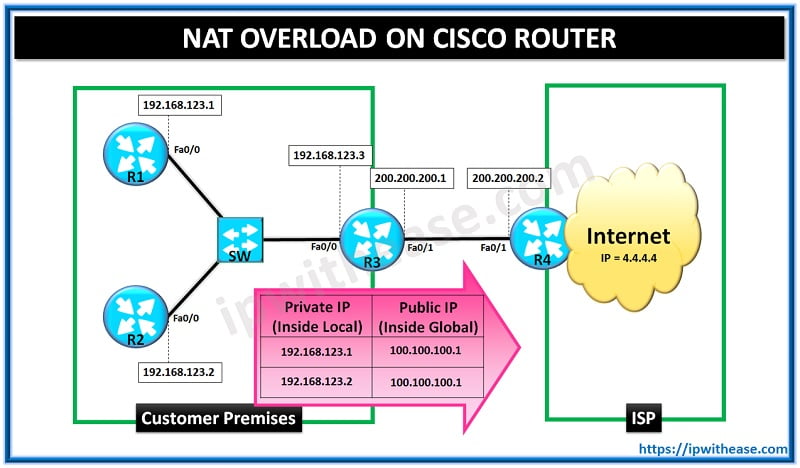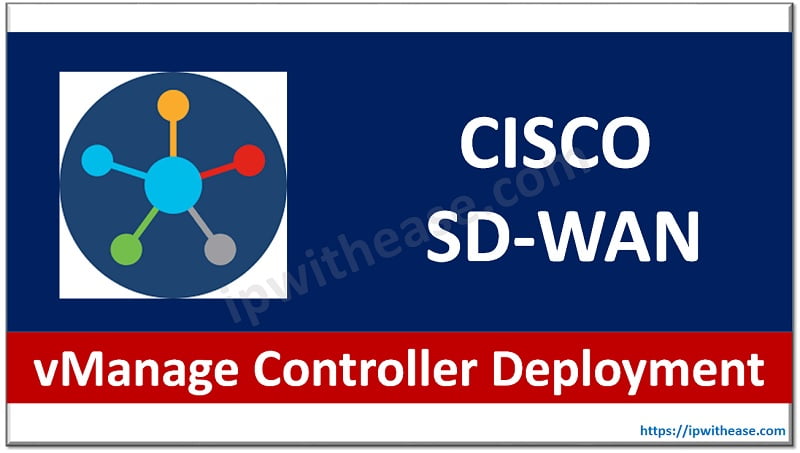Table of Contents
This blog discusses the a BGP Scenario, a specific route to form eBGP neighborship on loopbacks instead of default route. First we will understand the network topology and then go into the details of lab set up.
Network Topology
Based on the experience of how BGP behaves, we have come across many topology related interview questions which we will keep discussing in upcoming posts. One such BGP Scenario interview question is based on the below topology:

BGP Scenario
We have two routers directly connected in different AS i.e. R1 is in AS 100 and R2 in AS 200. We can ping the loopback of R1 from R2 and vice-versa. Now when we try to form EBGP neighborship between R1 and R2 it doesn’t come up.
Lab Setup
R1 Config
interface FastEthernet0/0
ip address 9.9.12.1 255.255.255.0
!
interface Loopback0
ip address 1.1.1.1 255.255.255.255
!
router bgp 100
bgp log-neighbor-changes
neighbor 2.2.2.2 remote-as 200
neighbor 2.2.2.2 update-source Loopback0
neighbor 2.2.2.2 ebgp-multihop 2
!
ip route 0.0.0.0 0.0.0.0 9.9.12.2R2 Config
interface FastEthernet0/0
ip address 9.9.12.2 255.255.255.0
!
interface Loopback0
ip address 2.2.2.2 255.255.255.255
!
router bgp 200
bgp log-neighbor-changes
neighbor 1.1.1.1 remote-as 100
neighbor 1.1.1.1 update-source Loopback0
neighbor 1.1.1.1 remote-as 100
neighbor 1.1.1.1 ebgp-multihop 2
!
ip route 0.0.0.0 0.0.0.0 9.9.12.1Verification
Ping from R1 to R2:
R1#ping 2.2.2.2
Type escape sequence to abort.
Sending 5, 100-byte ICMP Echos to 2.2.2.2, timeout is 2 seconds:
!!!!!
Success rate is 100 percent (5/5), round-trip min/avg/max = 32/45/60 msR2#sh ip bgp summary
BGP router identifier 2.2.2.2, local AS number 200
BGP table version is 1, main routing table version 1
Neighbor V AS MsgRcvd MsgSent TblVer InQ OutQ Up/Down State/PfxRcd
1.1.1.1 4 100 0 0 1 0 0 never IdleWe see in the output above that R1 can reach R2’S loopback but still we can’t form the BGP neighbor ship over the loopback with R2 though we used update-source loopback as well.
The reason behind such behavior is that we have reachability of the two loopback over the default route. In BGP we need a specific route or a summary route to the neighbor IP to form the BGP neighbor ship.
Now we see as soon as we add a specific route on both the routers towards there loopback we see the neighbor ship gets formed.
R1(config)#ip route 2.2.2.2 255.255.255.255 9.9.12.2
R2(config)#ip route 1.1.1.1 255.255.255.255 9.9.12.1R1#sh ip bgp summary
BGP router identifier 1.1.1.1, local AS number 100
BGP table version is 1, main routing table version 1
Neighbor V AS MsgRcvd MsgSent TblVer InQ OutQ Up/Down State/PfxRcd
2.2.2.2 4 200 5 5 1 0 0 00:01:18 0We see above the BGP neighborship comes up as we configure the specific static routes.
Continue Reading
BGP Interview Questions and Answers
ABOUT THE AUTHOR

You can learn more about her on her linkedin profile – Rashmi Bhardwaj



